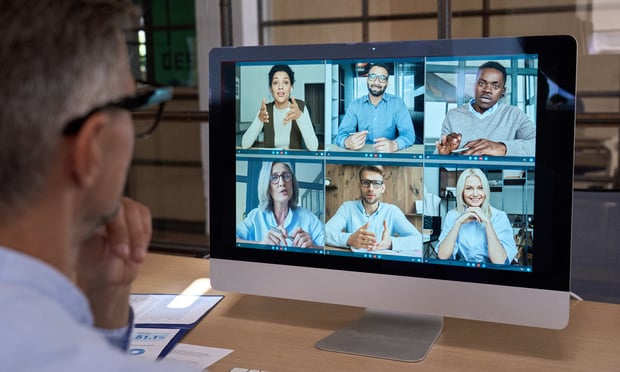Politics Impeded 9/11 Claims Handling
Orlando
Claims handling activity after Sept. 11, 2001, in New York City was sometimes impacted by politics, one claims expert contends.
Daniel Gagaris, professional engineer with Douglas G. Peterson and Associates, a Greenfield, Mass.-based engineering and fire analysis firm, made that observation here during the Annual Conference and Exposition, presented by Claims magazine (a publication of The National Underwriter Company) and the Society of Claim Law Associates.
Mr. Gagaris said that in the immediate aftermath of the terrorist attack, not every building was easily accessible given the tight security surrounding the area. Access to some buildings could depend on “how friendly you were with the current regime in New York State,” he said, referring to the politics of the situation.
He noted that insureds who were lessees also faced many difficulties when trying to access their buildings, because “if you weren't the building owner, you didn't get in.” Mr. Gagaris' remarks came as part of a panel on “Terrorism: What We've Learned and Still Need to Learn.”
Among other difficult situations he mentioned was that of a carrier whose regional office, which had information on insureds, was off-limits because of its location in the attack zone.
Mr. Gagaris also said there were physical difficulties in reaching locations, such as having to walk 25 city blocks to a site that had no electrical power. “We had to walk everywhere and carry everything we needed,” he said.
Envisioning future scenarios of terrorism in this country, Mr. Gagaris believes there will be both nuclear and biological attacks. Although he does not expect the triggering of a major nuclear device, he said he could “envision an event where there is a radiation release.”
Another panelist–Steve Korasidas, national accounts director for BMS Catastrophe Services, a Forth Worth, Texas, disaster recovery services firm–said that in dealing with the World Trade Center aftermath, his firm found dust that was a mixture of silica, asbestos, metals and pulverized concrete. He also said that constant air sampling took place during a project involving document recovery and claims handling work.
Mr. Korasidas stated that one of the unique factors in New York City for his firm was having to deal with strong labor unions, which he said had an impact on timing, cost and flow of recovery jobs.
Heavy security also impeded work at the affected areas, he added. Other challenges presented included buildings with structural safety issues and atmospheric contamination.
He said there was chaos in finding facilities managers to obtain information. In addition, it was difficult to do damage assessment, and it was often hard to find enough vendors to provide materials and prices for them, Mr. Korasidas stated.
Reproduced from National Underwriter Property & Casualty/Risk & Benefits Management Edition, September 23, 2002. Copyright 2002 by The National Underwriter Company in the serial publication. All rights reserved.Copyright in this article as an independent work may be held by the author.
Want to continue reading?
Become a Free PropertyCasualty360 Digital Reader
Your access to unlimited PropertyCasualty360 content isn’t changing.
Once you are an ALM digital member, you’ll receive:
- Breaking insurance news and analysis, on-site and via our newsletters and custom alerts
- Weekly Insurance Speak podcast featuring exclusive interviews with industry leaders
- Educational webcasts, white papers, and ebooks from industry thought leaders
- Critical converage of the employee benefits and financial advisory markets on our other ALM sites, BenefitsPRO and ThinkAdvisor
Already have an account? Sign In Now
© 2024 ALM Global, LLC, All Rights Reserved. Request academic re-use from www.copyright.com. All other uses, submit a request to [email protected]. For more information visit Asset & Logo Licensing.








